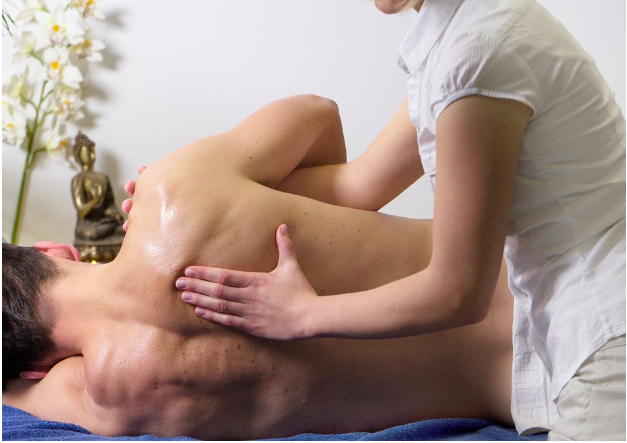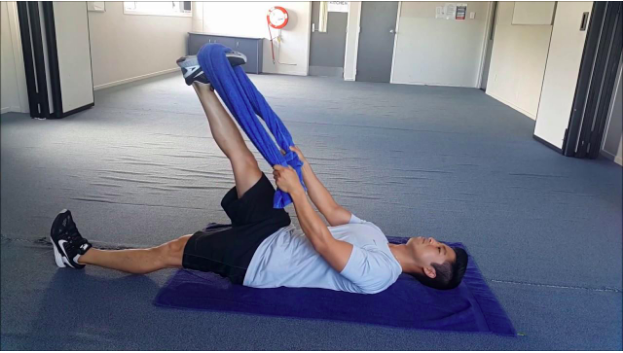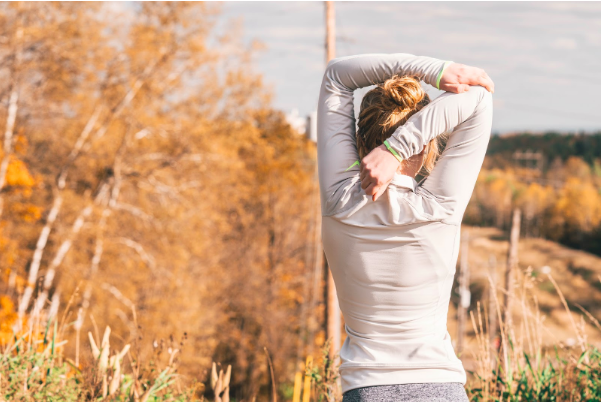Why is it important to do warm-up exercises before running, or doing any other athletic training? Much as the same way that any electric or gas-powered engine needed to be revved up prior to gearing to full speed, your body can also perform better athletically after getting warmed up.
Watch any sporting event and you will see all the competitors doing some kind of exercise routine before stepping into the court, field or arena. If you are an avid NBA fan like myself, you would notice that the players keep their bodies all warmed up even when they are off the court. They would don sweat pants and jackets and even use stationary bikes by the courtside to maintain an elevated core temperature. Surely, there are practical and scientific reasons behind these practices.
Warming up before a game, run, or workout preps and conditions your body for more intense physical activities. It gradually raises your heartbeat and blood circulation, thereby delivering more oxygen and energy-causing nutrients to your muscles, bones, joints, and ligaments.
Here are 2 great options for a 5-minutes warm-up routine before running:
Option # 1: Walking
It is always best to ease yourself from a leisurely to brisk walking pace before shifting to a full run mode. By conditioning your glutes, thighs, knees, and calves before pounding the pavement, you can significantly lessen the risk of getting common runner’s injuries or discomforts such as pulled hamstring, twisted tendon, or leg cramps. Starting slow and gradually increasing speed will give your system an ample time to react and intensify blood flow to your lower limbs.
You can do walking variations as you go along to activate lower body muscles you needed for running. Among the variations you can do are (1) the high step marching, where you lift your knee high in every stride; (2) the walking lunges, where you will do alternating lunges to move forward; and (3) the grapevine or side shuffle, wherein you will walk sideways by repeatedly crossing one leg on top of the other as you move along.
Here is the suggested program for this option:
- Walk for 1 minute at your normal pace
- 30-sec. High Step Marching
- Walk for 30 seconds
- 30-sec. Walking Lunges
- Walk for 30 seconds
- 15-sec. Grapevine towards your left side
- 15-sec. Grapevine towards your right side
- Walk for 30 seconds
- 30-sec. High Step Marching
- Walk briskly for 30 seconds
- Begin jogging or running
Option # 2: Dynamic Stretching
Dynamic stretching is the term for muscle stretching exercises that involve repetitions. Static stretching, on the other hand, is when you hold a muscle in its elongated position for 20-30 seconds at a time. It was conclusively determined that dynamic stretching before a run or a workout is more effective in staving off injury and early onset fatigue. On the contrary, static stretching is best used as a post-workout.
Here are some of the best warm-up exercises before running for this option:
Fire Hydrant and Heel Kick Up
- To start these two exercises, you need to drop on all fours with arms straight and legs bent at the knees. Your body, which is now supported by your hands and knees on the floor, should be at an almost perfectly horizontal level and not arched.
- Fire Hydrant involves lifting one knee off the floor and swinging the leg outward without altering the 90-degree angle your bent legs are forming. It’s like mimicking a dog relieving itself in one of those fire-fighting devices on sidewalks, thus the name.
- Heel Kick Up, on the other hand, involves lifting one leg until its thigh is at the same level as your torso and its heel is facing straight up. The movement calls for kicking the heel upwards while maintaining the 90-degree bend of your legs from the knees.
Knee Swing-In Mountain Climber and Knee-to-Elbow Mountain Climber
Via: Pinterest.com
- Both exercises have the same starting position as basic Mountain Climber (like in Push-Ups too) with your body supported by your palms and toes on the floor.
- Knee Swing-In Mountain Climber involves alternately drawing one leg towards your chest and then swinging it to the opposite side of your body (e.g right leg swings to the right and vice versa). It should be done without any part of the drawn leg touching the floor until it returns to the starting position.
- Knee-to-Elbow Mountain Climber, on the other hand, involves bending legs one-at-a-time until its knee almost touches the elbow on the same side of your body. Meaning left knee to left elbow and right knee to right elbow.
Here is how you will do a dynamic stretching warm-up:
- 30-sec. Fire Hydrant (15 sec. for each leg)
- 30-sec. Heel Kick Up (15 sec. for each leg)
- 30-sec. *Mountain Climber
- 30-sec. Knee Swing-In Mountain Climber
- 30-sec. Knee-to-Elbow Mountain Climber
- 30-sec. *Mountain Climber
- 30-sec. *Forward Lunges
- 30-sec. *Jumping Jacks
- 30-sec. *Wide Stance Squats
- 30-sec. *Jumping Jacks
- Rest for 30-seconds
- Begin jogging or running
* These exercises were no longer discussed here in the precept that most readers are already familiar with their mechanics.
Final Words
Both options for warm-up exercises before running discussed here is not only excellent for conditioning but can also give your glutes, abs, hips, quads, hamstrings, and calves a good workout. I suggest you use them on alternating days of your scheduled runs.
By the way, you can take a 5-second breather after each exercise. It will only take an extra minute of your time. Thanks for reading!
Chester Peterson is the founder of HeroMuscles.Com, the father of two children. I workout every day and I really want to share with you my knowledge and experience about my passion on this blog. It would be great if you dropped by, read what I wrote and left some comments. Connect with him at Twitter







